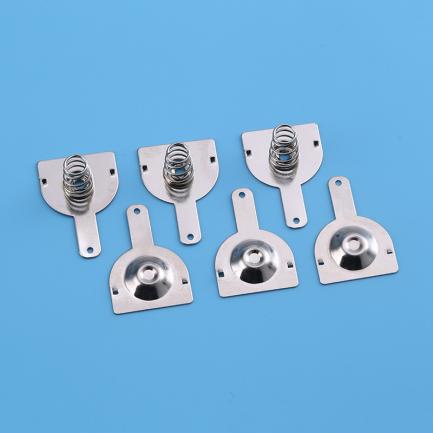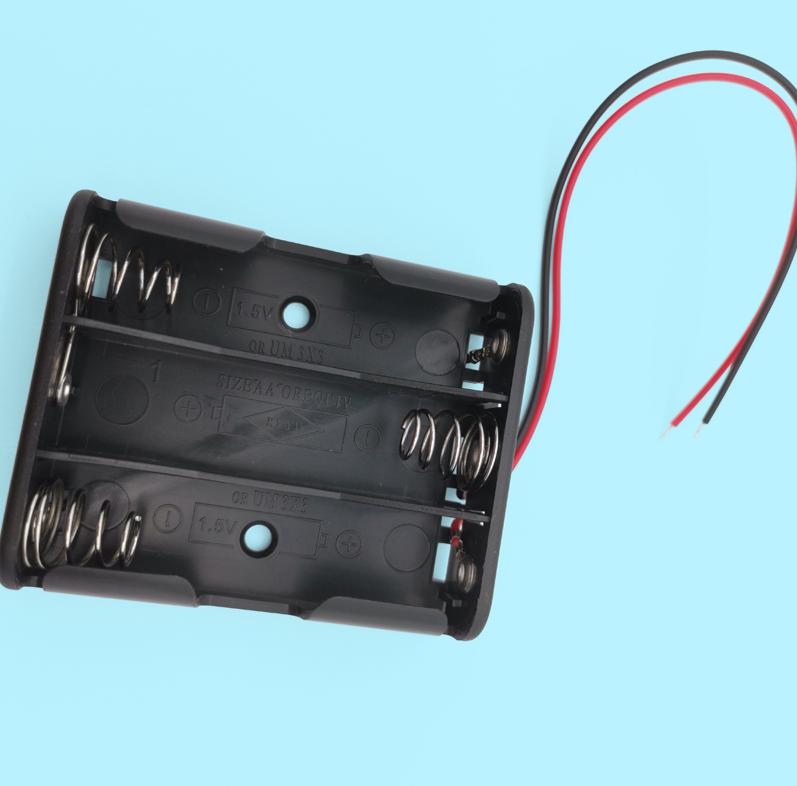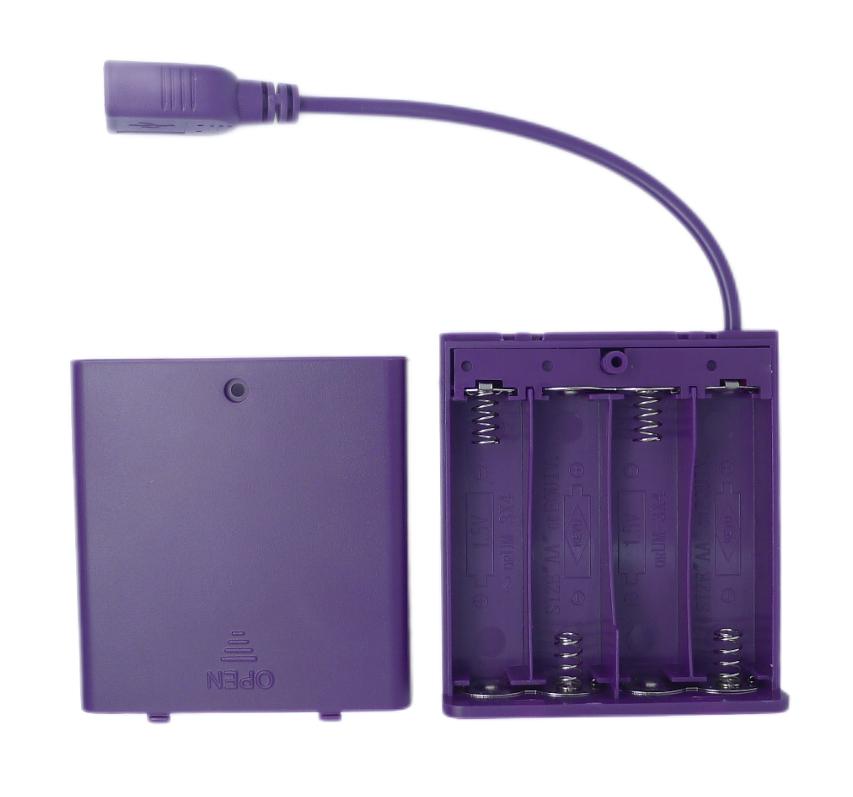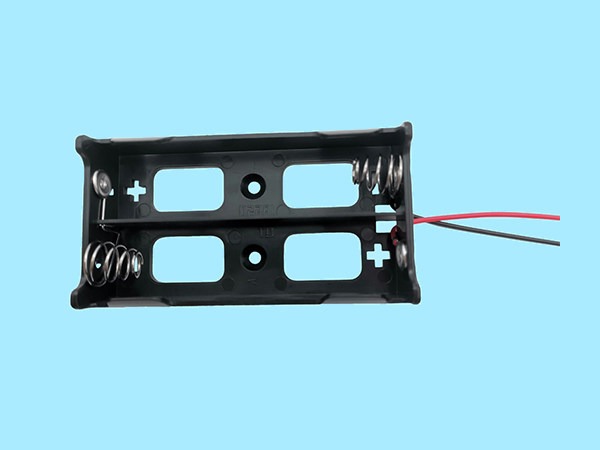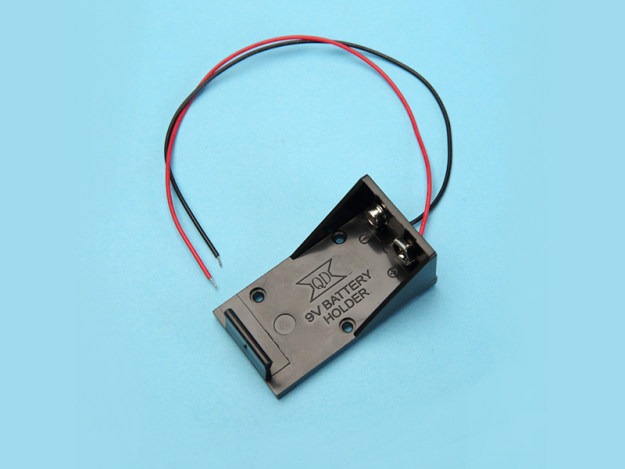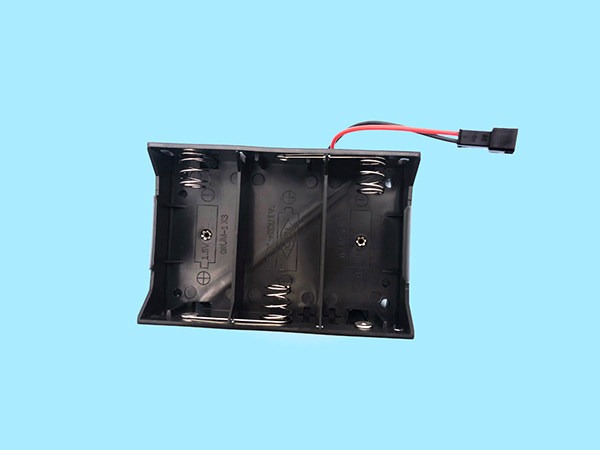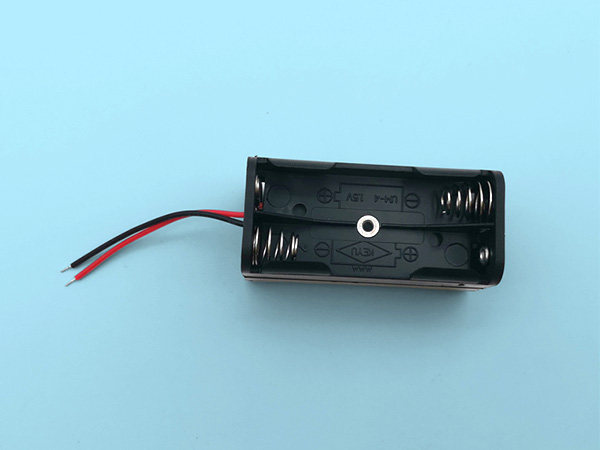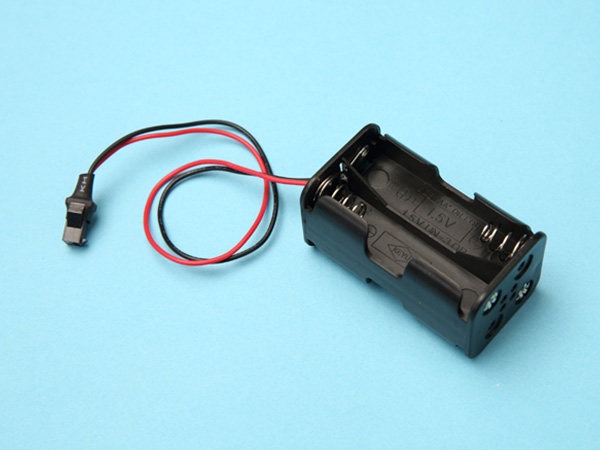What are Different Types of Battery Holders and How to Choose the Right One
Battery holders serve a critical role in electronic devices, providing a secure and easily replaceable power source. These devices are designed to securely hold batteries and establish reliable electrical connections. In this guide, we will delve into the various types of battery holders, their applications, and key factors to consider when choosing the right one for your electronic device.
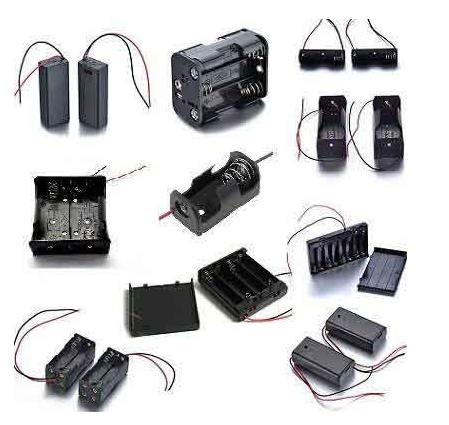
Types of Battery Holders
- AA and AAA Series Battery Holders:
These holders are designed for AA and AAA batteries, which are widely used in consumer electronics. They feature plastic enclosures with spring-loaded contacts for easy insertion and reliable connections.
Applications: TV remotes, portable radios, flashlights, toys, digital cameras, wireless computer peripherals.
Advantages: Wide availability, cost-effective, compact size for integration into smaller devices.
Disadvantages: Limited capacity, may require frequent replacement in high-power applications.
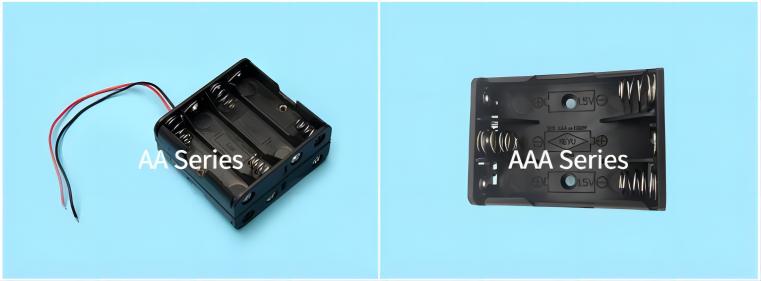
- D Series Battery Holders:
D series holders accommodate D size batteries, offering higher capacity. They feature sturdy plastic or metal housings with spring contacts for secure retention.
Applications: Portable stereos, emergency flashlights, battery-powered lanterns, motorized toys.
Advantages: High capacity for extended device operation, suitable for power-hungry devices, durable construction.
Disadvantages: Larger size and weight, relatively higher cost.
- 9V Series Battery Holders:
9V holders are designed specifically for 9-volt batteries, commonly used in devices requiring higher voltage levels. They feature plastic casings with snap connectors or spring contacts.
Applications: Smoke detectors, wireless microphones, guitar effects pedals, portable test equipment.
Advantages: Higher voltage output, easy installation and replacement, suitable for low-power devices with higher voltage requirements.
Disadvantages: Limited capacity, relatively higher cost per unit, bulkier form factor.
- 18650 Series Battery Holders:
18650 holders accommodate 18650 lithium-ion rechargeable batteries, known for their high energy density. They feature cylindrical enclosures with spring contacts or solder tabs.
Applications: Laptop batteries, power banks, electric vehicles, LED flashlights.
Advantages: High energy density and capacity, rechargeable for reduced replacements, suitable for high-power applications.
Disadvantages: Requires a separate battery charger, relatively higher cost, requires proper handling due to battery chemistry.
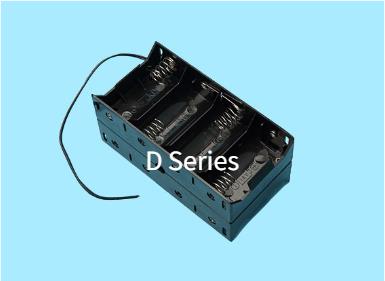
Factors to Consider When Choosing a Battery Holder:
- Battery compatibility:
Ensure the holder is compatible with the specific battery size and chemistry required for your device.
- Physical dimensions and form factor:
Choose a holder that matches your device’s battery compartment dimensions and form factor.
- Mounting method:
Evaluate the mounting options available and select a holder that suits your device’s mounting requirements (e.g., through-hole or surface mounting).
- Connection method:
Consider the type of electrical connections required (e.g., spring contacts, solder tabs, screw terminals) and ensure compatibility with your device’s electrical interface.
- Electrical properties:
Evaluate the current and voltage ratings of the holder to meet your device’s requirements (e.g., contact resistance, current-carrying capacity).
- Environmental considerations:
Take into account factors such as temperature range, moisture resistance, and durability requirements for specific environments.
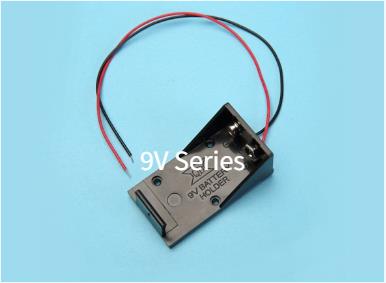
Conclusion:
As technology advances, future trends in battery holder technology are expected to emerge. These may include the development of more compact and integrated holders, improved energy efficiency, and enhanced durability. Furthermore, advancements in battery chemistry and energy storage are likely to influence the design and capabilities of battery holders, enabling longer device runtime and better power management.
In conclusion, battery holders are essential components in electronic devices, providing a secure and convenient power source. Understanding the different types of battery holders, their applications, and the factors to consider when selecting them allows for optimal power management and device performance. By choosing the right battery holder, you can ensure reliable and efficient power delivery, contributing to the overall functionality and longevity of your electronic devices. Stay informed about the latest advancements in battery holder technology, as they continue to evolve to meet the demands of our increasingly mobile and power-dependent world.

